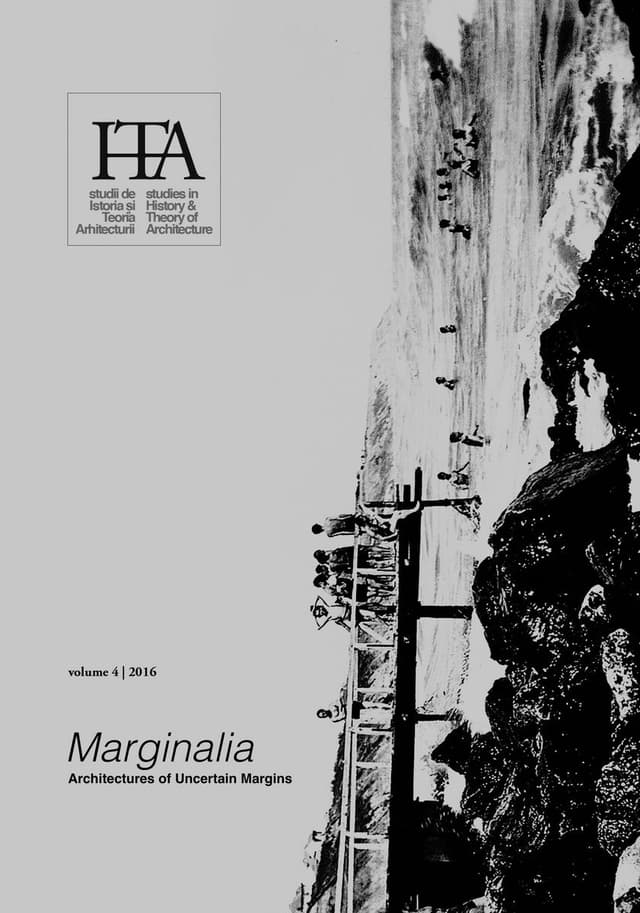Monumental Marginalia. Borders of Space and Authority in Contemporary Melbourne
by
Monique Webber
Keywords
afterlife of monuments
public space and discourse
authority
formation of the city
In the early 1980s the Australian city of Melbourne asserted its cultural authority with a redesigned city square. To complete the new urban architecture, Ron Robertson-Swann created Vault. With its vaulted steel structure, the sculpture’s blurring of art and architecture epitomised the cultural optimism of its space. Its role as architectural complement was, however, short-lived. Following an unprecedented public outcry at its challenging form, Vault was removed from the city centre and repeatedly relocated at its fringe. An object initially designed to ornament architecture, the sculpture came to define its original and subsequent spaces. As liminal spaces acquired an object that was not designed for them, their identities were altered by its presence. Disconnected from its original architectural context, Vault in turn strayed from its intended function as a sculpture to assume a marginal history as a monument. As the debate over Vault’s relationship with space deepened, this ‘monumental marginalia’ entered Melbourne’s cultural dynamics. The sculpture/architecture, exiled to the urban periphery, became a device for exploration of place and identity. Through the history of Vault and its architectural and artistic reception, this article inquires into who defines the boundaries of urban architectural discipline, authority, and identity.
Published in

Chicago citation style
DOI:
10.54508/sITA.4.11